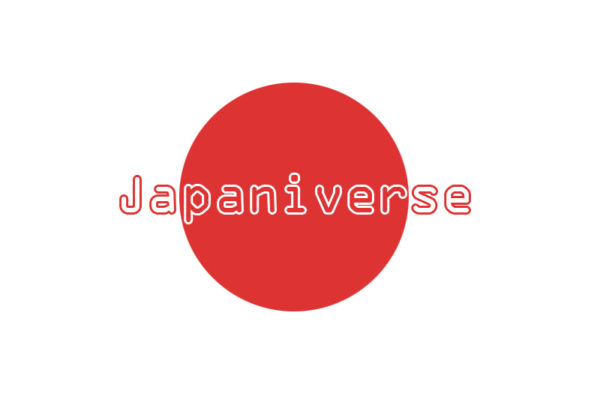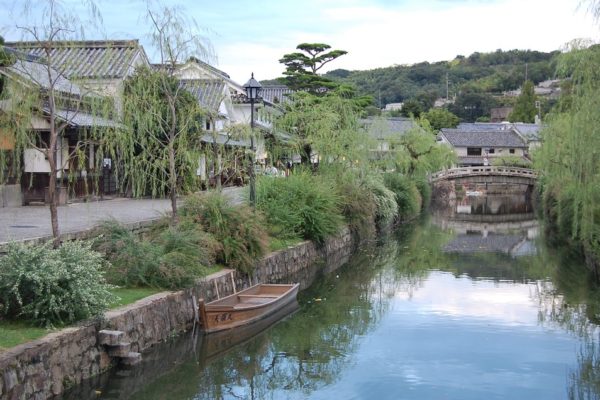Each and every person to have ever lived on the planet Earth have believed in something or someone supernatural. Nowadays the three major religions, all of which have been practiced by humankind for several millennia are Christianity, Buddhism and Islam, with millions of people practicing them all over the world, every day. However, long before these religions came to be, there were many other beliefs practiced by the ancient civilizations, such as Egypt, Greece, Rome, and so on. These kind of beliefs were common, and even though they varied in nature they were similar in essence, regardless of their country of origin (e.g. most of mythologies start with a cosmogony – the creation of the world). Nonetheless, historians tend to refer to those as mythologies or legends, rather than religions.
Either way let us not get side tracked and involved in such complicated topics as, per say, the differences between religion and mythology. In this article we are merely going to tackle some of the basics of the Shinto religion. So without any further ado, let’s get started!
Shintoism is the indigenous national religion of Japan. It is said to have been practiced since the beginning of times in the Land of the Rising Sun, and up to this day serves as a gateway which connects modern Japan with the ways and traditions of the past. Nevertheless, it is important to note, that Shinto in the form we know it today is not as old as you might think it is. In reality most of the beloved Shinto traditions practiced by Japanese people nowadays, such as hatsumode, matsuri, omaeri, etc., have been created during and after the Meiji Restoration in 1868.
When the 15-year-old boy was made into the Emperor of Japan, his court members needed more than just his bloodline to secure the throne. Since Buddhism was closely associated with the Tokugawa family, the family of shoguns (lit. general) who ruled over Japan for more than 200 years at this point, the new court decided to take the opposite direction and make Shinto the symbol of their new Emperor. Shinto, however, needed to get more refined before it could be represented to the public, hence the introduction of new festivities, novel traditions and so on.
Despite this, Shinto has old roots, which might be as old as Japanese people. It has interesting theologies and legends. Shinto literally means ‘the way of the gods’. Shinto belief is that gods are present everywhere, they live in every rock, tree or flower. This is why there are thousands over thousands of gods in Shinto. Shinto philosophies talk about life and existence, Shinto beliefs are beautiful and very encouraging. Let us go through several interesting facts about Shintoism.
- Shintoism is old. The first records about it have been made in the 8th century AD. However, at this point Shintoism wasn’t presented as a unified religion, but rather as a set of beliefs and myths. After Buddhism was introduced to Japan, Shinto didn’t fade away. Just the opposite: in modern Japan Shinto and Buddhism are closely related and in a way complete each other.
- The essence of the Shinto beliefs is the deification of nature. As I have already mentioned above, there is a spirit in literally everything. These spirits are called kami (lit. god).
- Shintoism also includes elements of magic and totemism. One of the most beloved Shinto traditions is carrying a talisman, omamori. Originally these might have been used to protect one from hostile deities, but nowadays you can get one as a good luck charm for your studies, love life, marriage, work, exams and so on.
- The primary goddess in Shinto is Amaterasu. She is the one who created the universe, and the Imperial Family bears her lineage. Amaterasu is the goddess of the sun.
- The most important shrine in Shinto is Ise Jingu. As you might have guessed, it is dedicated to Amaterasu. It is actually a shrine complex and is visited by hundreds if not thousands of people on daily basis.
- The essence of Shinto is purity. As a matter of fact, it is the purity of literally everything: spirit, body and even mind. This can be noticed in the way Japanese people live their lives even nowadays. The sick don’t visit the shrines, since sickness and malady are considered to be an impurity of body.
- There are many Shinto holidays, but the most notable ones are the festivals – matsuri. Shinto holidays are accompanied by religious dances. Another custom of modern Japanese people is giving sacrifices to the shrine, more often than not in the form of cash.
- The most important Shinto holiday is the arrival of a New Year, since it symbolises the beginning a new life as well as it announces the arrival of spring. Japanese people tend to visit shrines, pray, get good luck charms and pray for their success in the new year.
- Shinto is a very national religion and is closely tied up with the identity of a Japanese person. This might be the reason for why Shinto hasn’t really spread outside the borders of Japan, when there are so many people who adore and love Japan and Japanese culture.
- As a matter of fact, it is quite easy to grasp the concept of Shintoism. You just need to keep in mind that the dead member of a family will turn into a kami and protect his/her descendants from upcoming perils and hardships.
- As I have already mentioned above, it is considered that the Emperor is a direct descendant to Amaterasu, thus he himself is said to be gods. Nevertheless, chances are a regular person will also turn into a kami after they pass away.
Shinto is an extremely interesting religion. The myths and legends surrounding each and every of the major deities are quite entertaining, They might even open your eyes up to new aspects of modern Japanese culture. If you are a fan of mythologies and plan on reading these Japanese tales, you should start reading the ones involving Amaterasu and Susanoo first.
Keep in mind, that these myths have not just survived centuries of neglect, but have managed to emerge in the right place at the right time.
I hope you enjoyed the article and will see you soon!



